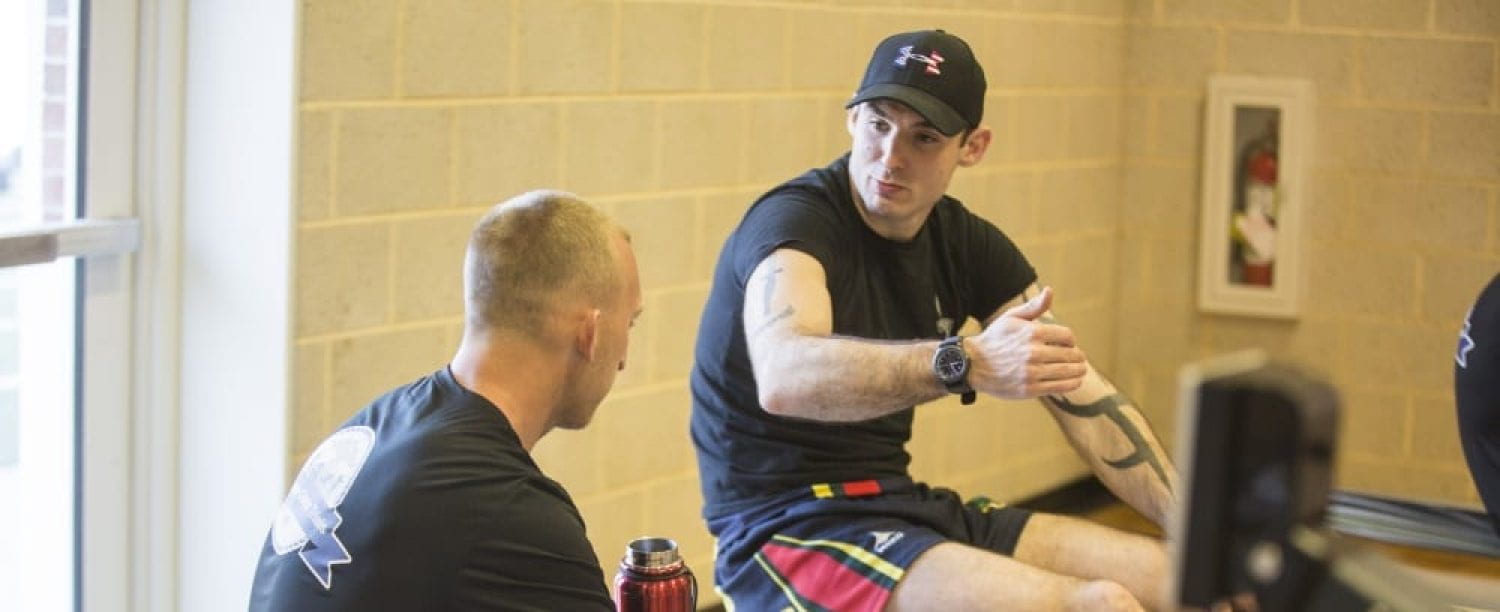Today I was teaming up with one of the other students because they didn’t have anyone book in and therefore we took turns to assess patient and too take clinical notes. The other student had experience in teaching dance and i believe that I learnt a lot from her style of assessment and rehabiliation methods and exercises.
The first client that we had was a 23 year old runner with pain around the knee cap, after assessment of the client taking into account her subjective history we decided that the clinical finding pointed towards runners knee. On functional testing the client was very weak in her squats and we decided to strengthen up her leg with resistanced based exercises, these included spilt squats, deadlifts and side plank, focussing on the quadriceps, glutes and glute med. The client was told to book in for an assessment on her running gait the week later and prescribed the exercises 3 times a week.
We then looked a the certain special tests on each other for meniscus injuries, we looked at joint line tenderness, mc murrys and the these Apley’s Compression/Grinding Test. One of the tutors saw us and came to explain the order in the tests and the proper mechanisms of them. I feel like i was just going through the movements before with not actually understanding how to find the issue and I felt more confident after Nick helped me.
We went through ligament testing as well and looked at the Anterior and Posterior draw tests for the knee and ankle and what a positive test would actually look like.
Again with this test it was good to get a greater understanding as these test are here to help direct myself to possible injuries and knowing them will aid me to become a better Sports Rehabilitator.
The next patient was a 40 year old with shoulder pain. He said that he experience the pain when lifting a weight over head in the gym in the shoulder press move and felt a onset of pain. He said that it was 3 weeks ago and that he had the pain ever since. Rest appeared to temporarily relieve the pain and raising the arm aggravated it. Already it appeared to be a subacromial impingement, however we could not rule out other injuries like a slap tear and frozen shoulder. All the clinical finding lead to the original assumption with the patient testing positive in open and closed can, neers and painful arc. We gave the client eccentric exercise that focussed around the rotator cuff muscles and stabilisation drills for the shoulder.
These specific tests are
developed through clinical practice to reproduce signs or
symptoms of pain, weakness, or instability by stressing
anatomical tissues to rule in or rule out a specific condition
I learnt a lot today and left the clinic realising that I needed to do more reasearch when it came to shoulder injuries. I felt confident is giving and delivering certain exercise and this is probably from my past job as a physical trainer in the Royal Nay, however i need to get more understanding of certain pathologies like slap tear and the rehab if not surgically.
Sciascia, A. D., Spigelman, T., Kibler, W. B., & Uhl, T. L. (2012). Frequency of use of clinical shoulder examination tests by experienced shoulder surgeons. Journal of athletic training, 47(4), 457–466. https://doi.org/10.4085/1062-6050-47.4.09
